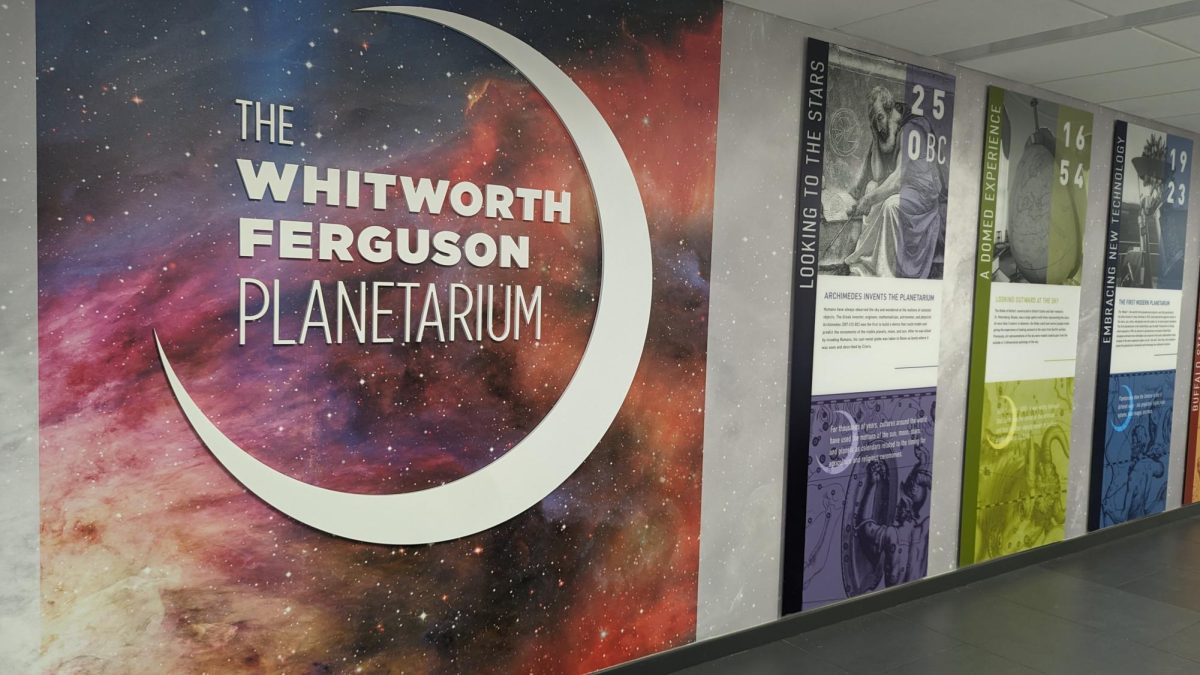On November 30, 2022, ChatGPT, a generative AI chatbot, was released for public use. The inception of ChatGPT was certainly an incredible technological innovation, but it also caused a degree of concern regarding ChatGPT’s eventual purpose and how society could be altered.
Since then, the capabilities of ChatGPT have rapidly evolved. Do you recall when ChatGPT could not produce images? This echoes the greater rate of technological progress: technological innovations occur quickly and in an incredibly short period of time.
One technological innovation that took the world by storm was the printing press, which was invented, or further developed, by Johannes Gutenberg in the early 1400s. It is important to note that this is the case for Western civilizations. The printing press caused a rapid increase in literacy rates and the increased production of bookmaking.
Suffice to say, technological changes are not new; rather, such innovation is an ever-evolving element of the fabric of history. ChatGPT, and other models of artificial intelligence such as Gemini, are no exceptions. Generative AI models are the newest innovations, and the expectation is that such technological capabilities will continue to improve.
Having said that, ChatGPT is imperfect. While individuals are concerned that the automation will cause widespread job loss as well as a unilateral takeover of the world, ChatGPT and other Generative AI models continue to struggle with pondering philosophical questions such as “does a table exist.”
When ChatGPT is prompted to write a narrative, the story tends to lack details, often shifting from one event to another rapidly randomly. Of note, limited dialogue among characters is also evident. Generative AI tends to include obscure details that are utterly irrelevant to the overall story. Often, generative AI attempts to provide a summation, but not a story that incorporates a plot that flows logically.
ChatGPT and other generative AI models are capable of creating a simple, entertaining story. The individual, of course, needs to carefully articulate their ideas via the prompt. Some of the stories ChatGPT comes up with, with the provision of a detailed prompt, are humorous. Having said that, the random transitions in the narrative and very limited interaction among characters as well as attention to accuracy are common features of a story written by AI.
Certainly, generative AI can be utilized as a tool. It can assist with creating outlines, brainstorming ideas, and entertaining an individual with a hypothetical timeline. Standalone, however, generative AI is not optimal, nor effective; it requires human intervention.
Even so, since AI works best as a tool, it cannot, and should not, be used to produce essays for students or construct presentations. The formulaic language, consistent with every ChatGPT-produced story or paper, may be evidence of generative AI. The writing is often rudimentary and severely lacks nuance.
Not to mention, upon requesting Gemini to create an image of a bear on a table, it produced an image of a brown bear standing tall, with its paws on top of the table. The background of the image includes a medieval-like setting, with several candles. Technically, Gemini is correct.
How about when I prompt Gemini to produce an image of a chocolate bar with a hat? With that prompt, Gemini provides a partly opened chocolate bar, with a top hat. The production of images is certainly engaging; however, it seems that a layering method is utilized. In essence, the combination of images rarely appears natural.
How about when I prompt Gemini to produce an unopened can of tomato sauce? With this prompt, Gemini produces an image of chunky tomato sauce in a tin can. Of note, the can is open.
And, how about when I prompt Gemini to produce a sandwich? With that prompt, Gemini certainly cannot act as a food stylist. The sandwich includes bread, chunky mayonnaise, swirly deli ham, and a vegetable that is akin to green beans.
Gemini, overall, produced acceptable images, although the unopened can of tomato sauce that was produced as open was inaccurate.
ChatGPT and other AI models utilize pre-existing articles and information provided on the Internet. Humans can produce new knowledge or utilize higher-order thinking skills. ChatGPT, Gemini, among other generative AI models, can easily memorize information, given that it maintains a database, but in-depth analysis and evaluation, akin to that of a human, is not a capability. Such higher-level cognition does occur, but with incredibly minimal depth.
Overall, generative AI is an engaging and entertaining tool. However, it cannot produce writing for humans, nor can it takeover most positions. AI most likely won’t take over the world, but as with social media, generative AI such as ChatGPT might control an individual’s actions insofar as the urge to be entertained goes.








